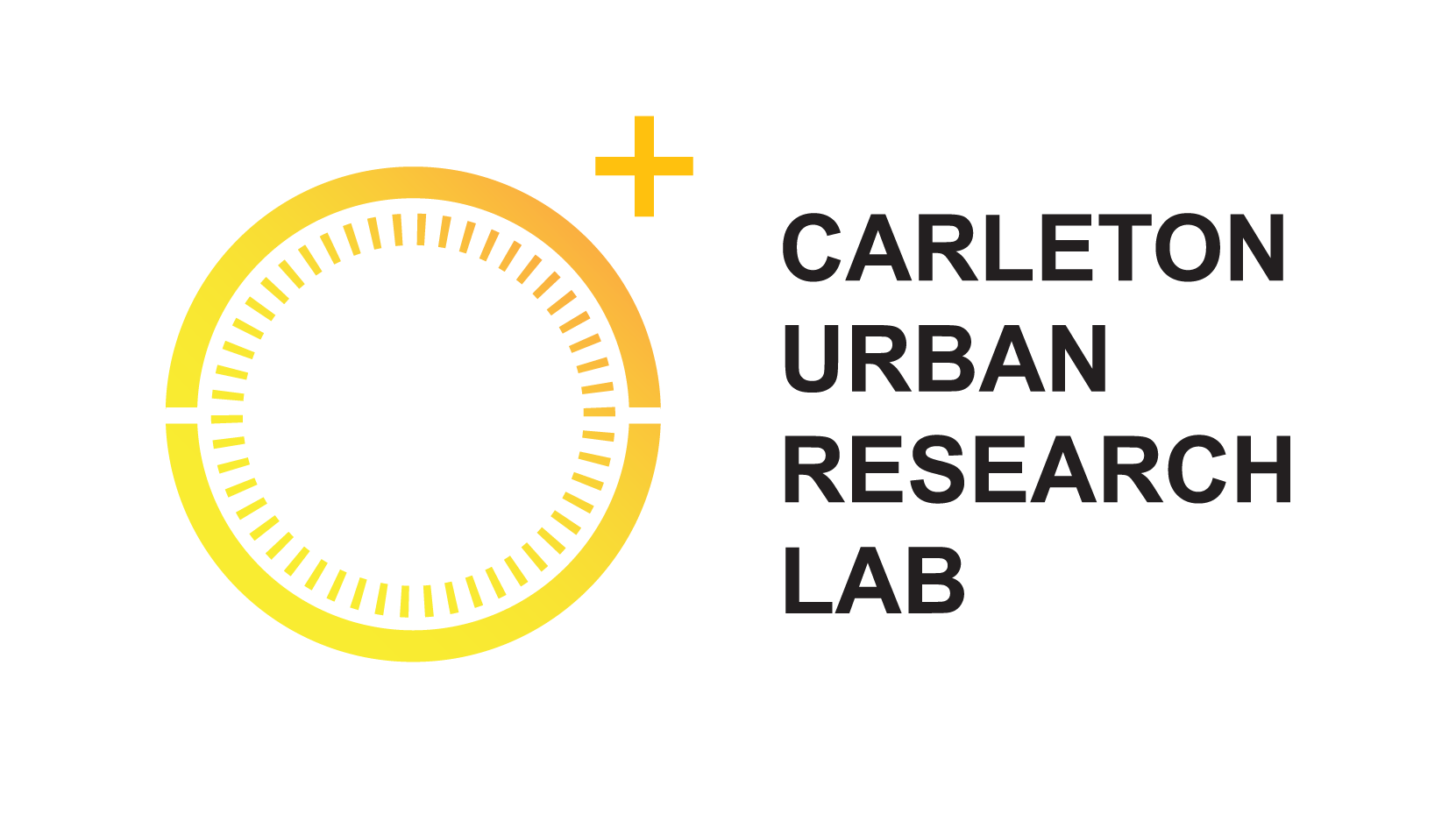Adaptive Archipelagos (2018)
ARCS5106: M.Arch 1 – Studio 2 //
Instructor: Ozayr Saloojee //
This studio engaged the waterworks of the Great Lakes. Each student worked, for the first part of the studio, on one of the Great Lakes: Superior, Michigan, Erie, Huron, Ontario) and, for the last part of the studio, on a speculative and adaptive waterworks of those bodies. Students explored the waterscape of these liquid bodies through their technical, experiential, ecological, political and cultural dimensions and the connotative and denotative aspects of the watershed: silt, particles, wetness, vapor, fullness, emptiness, bathymetry, inundated, soaked, drizzle, viscous, lock, dam, trickle, watercourse, river. This studio explored the morphologies of water: wind-blown, wind-swept, inundated, drizzle, soak, dry, cracked, viscous, trickle, flood, muddy, river, lake, dredge. They began by representing critical and focused research of and about their assigned Great Lake through a series of 5 maps and a conceptual model. For the final stage of the studio, each student developed an adaptive spatial intervention that engagedwith the challenges of climate change, sea level rise, or other significant change driver in their particulate Great Lake. Given selected research focuses from Project 1 and the associated, connotative and denotative dimensions of the technical infrastructures of water, students were to propose, design and implement a critical and hybrid architectural and spatial intervention along your selected site. A climate change port future Toronto? Defensive urban strategies to avoid a subaqueous urban future along Chicago’s southern edge? A sudden climate change shift that requires the consideration of new dams, urban watercourses and urban oases in the Upper Peninsula? Does Sault Ste. Marie now float? What happens to the Erie Canal? What happens to the interface between the St. Lawrence canal and global shipping infrastructure? What are these new adaptive archipelagos?







